PPT-Pasewark & Pasewark
Author : sherrill-nordquist | Published Date : 2017-01-30
1 Excel Lesson 7 Working with Multiple Worksheets and Workbooks Microsoft Office 2007 Introductory Pasewark amp Pasewark Microsoft Office 2007 Introductory 2 Objectives
Presentation Embed Code
Download Presentation
Download Presentation The PPT/PDF document "Pasewark & Pasewark" is the property of its rightful owner. Permission is granted to download and print the materials on this website for personal, non-commercial use only, and to display it on your personal computer provided you do not modify the materials and that you retain all copyright notices contained in the materials. By downloading content from our website, you accept the terms of this agreement.
Pasewark & Pasewark: Transcript
Download Rules Of Document
"Pasewark & Pasewark"The content belongs to its owner. You may download and print it for personal use, without modification, and keep all copyright notices. By downloading, you agree to these terms.
Related Documents

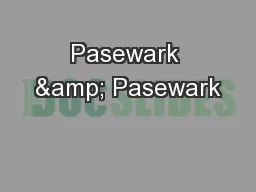

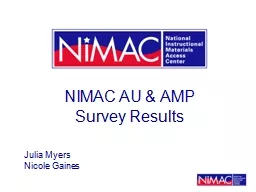
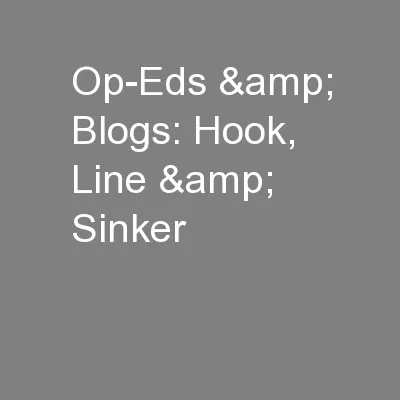
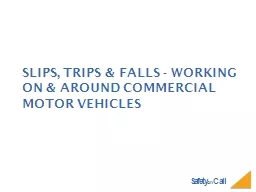
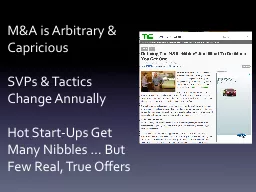



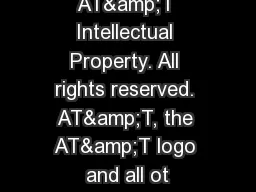
![[EBOOK] - Teaching Phonics & Word Study in the Intermediate Grades, 2nd Edition: Updated](https://thumbs.docslides.com/901396/ebook-teaching-phonics-word-study-in-the-intermediate-grades-2nd-edition-updated-revised.jpg)
![[EPUB] - Intermediate Accounting 1: a QuickStudy Laminated Reference Guide (Quickstudy](https://thumbs.docslides.com/901987/epub-intermediate-accounting-1-a-quickstudy-laminated-reference-guide-quickstudy-reference-guide.jpg)
![[DOWNLOAD] - Cambridge O Level Commerce Coursebook (Cambridge International Examinations)](https://thumbs.docslides.com/902293/download-cambridge-o-level-commerce-coursebook-cambridge-international-examinations.jpg)
